Baseball History Comes Alive Now Ranked #2 by Feedspot Among All Internet Baseball History Websites and Blogs!
Guest Submissions from Our Readers Always Welcome!
Scroll Down to Read Today’s Essay
Subscribe to Baseball History Comes Alive for automatic updates. As a Free Bonus, you’ll get instant access to my Special Report: Gary’s Handy Dandy World Series Reference Guide!
We welcome back Michael Keedy today with an interesting essay featuring a ball player who I have to admit has flown completely under my radar, Cecil Travis (shown above with baseball clown, Nick Altrock). I’ve been at this for almost ten years and have failed to mention him even once! But, as Michael demonstrates, Cecil Travis was a fine ball player and a strong case can be made he should be in the Hall (Michael and I plan on pursuing this). Check out Michael’s essay and see if you agree. – GL
Another Edition of Baseball’s Forgotten Stars:
Let’s Remember Cecil Travis
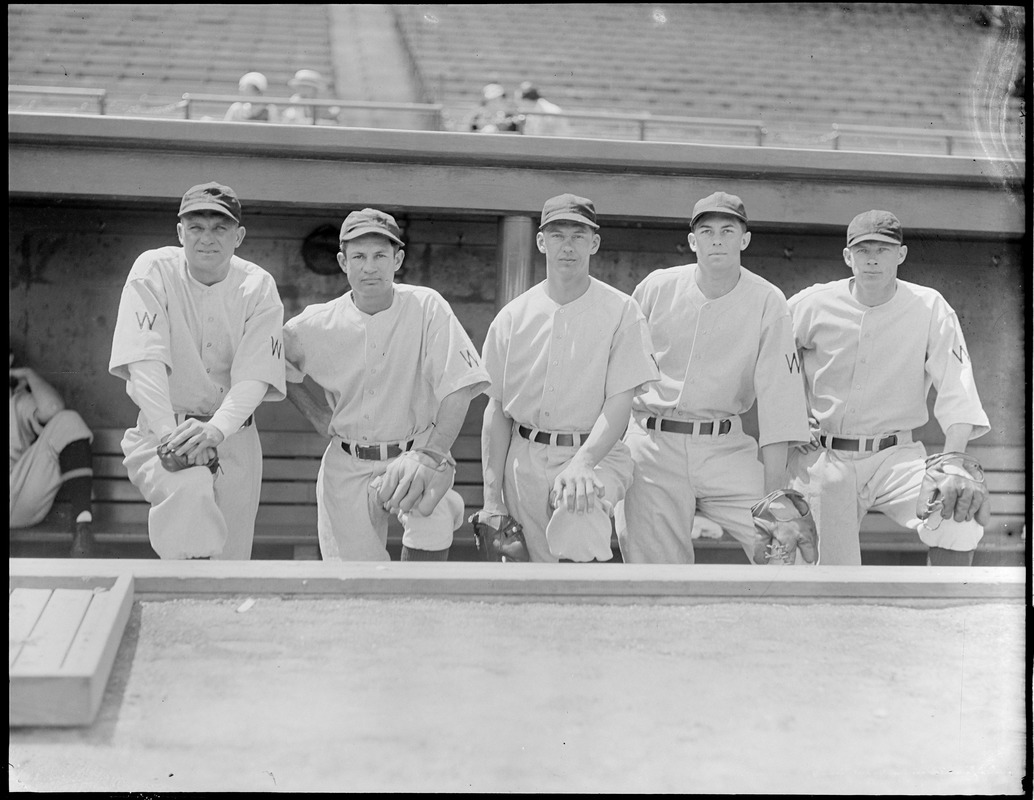
The “Gold Dust Twins” of Harold (Pee Wee) Reese and Harold (Pete) Reiser took the Borough of Brooklyn by storm that summer. Six years before a rookie of the year was first recognized in either league, in his first full season in the majors 22-year-old Pistol Pete won the National League batting title with a .343 average. (This intrepid and star-crossed fly-chaser would later be anointed by manager Leo Durocher as the one five-tool player greater than Willie Mays.) Teammate Dolph Camilli, MVP of the league, led in homers (34) and RBI (120), and starting pitchers Whitlow Wyatt and Kirby Higbe tied for most wins (22). These are all stats that many watchful students of the game, particularly Dodger fans, can recite by heart — or nearly so — even today.
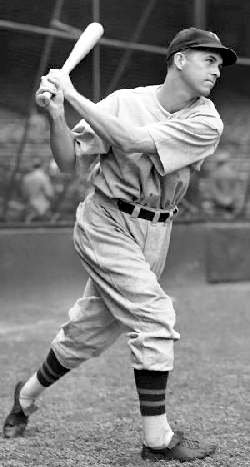
All of us, young and old, “remember” these last two landmarks, having long since committed them to a trove of obsessive childhood memories. We hardly have to look them up. But who can call to mind a 27-year-old hitting machine, modestly completing his eighth season at shortstop for an obscure Washington ball club back in ’41? As your faithful scribe can now attest, not even today’s high-tech version of Artificial Intelligence (AI) knows the name of the man who finished second to The Splendid Splinter in hitting that year (.359); or, that the same man led all of baseball by a country mile in hits, with 218. AI isn’t aware that this forgotten marvel bested Joe D., his nearest competitor, by 25 base hits, that he topped Williams’ total by 33, or that he was busy setting a single-season record for shortstops that would stand for nearly sixty years until Derek Jeter managed 219 safeties in the materially longer season of 1999.
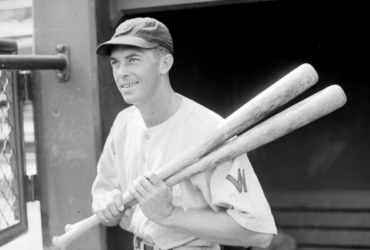
AI, for all its encyclopedic command of data beyond the reach of mere mortals, cannot tell an inquiring fact-checker that our man had rung up a lifetime average of .327 by the time Imperial Japan’s bombs fell on Pearl Harbor, sending him dutifully off to war and costing him four full seasons of what was practically destined to be a Hall of Fame career. (Think 3,000 hits and a 16-year mark of .330, let’s say.)
.
Although he toiled as a middle infielder for a ball club jokingly known for being “First in war, first in peace, and last in the American League,” it’s still hard to figure out how this spray-hitter with the batting eye of an eagle managed to stay beneath the sonar throughout his playing days. Born in August 1913, he launched his professional career at age 17 by hitting a white-hot .429 in thirteen games for the Chattanooga Lookouts, then followed with slightly more down-to-earth averages of .356 and .352, in 1932 and ’33.
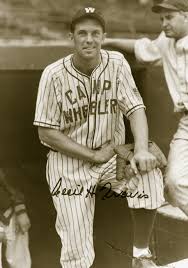
Although he would be installed at short in 1937 and thereafter, by 1934 this 20-year-old model of consistency was anchoring the “hot corner” for Washington on a regular basis. Save for 1939, when he suffered several bouts of influenza which drove him from the field for weeks at a time, dragging his average down to a career-low .292, he would bat .319, .318, .317, .344, .335, and .322 heading into 1941. As the record reflects, by that watershed season he had hit his stride: The aforementioned major-league best 218 hits, .359 average, 39 doubles (4th), 19 triples (second to Cleveland’s Jeff Heath, who had 20), 316 total bases (4th), 106 runs and 101 RBI.
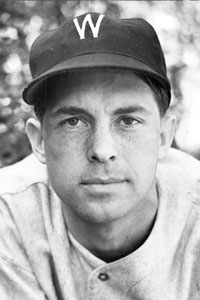
Following “a date that will live in infamy,” this Wonder of Washington joined the U.S. Army. He was sent to Europe late in 1944 as a member of the 76th Infantry Division. That December and into January, he fought in the Battle of the Bulge, the deadliest of all engagements faced by our military in the entire war. Hitler’s army hit the Ardennes Forest with 200,000 troops and a thousand tanks on a mad but ill-fated drive to the English Channel. Awarded the Bronze Star and four battle stars, the man who traded baseball woolens for olive drab and liberty itself eventually underwent special surgery to salvage his frozen feet from likely amputation. He was discharged on September 6, 1945 (just three weeks after V-J Day), and played in his first game of the post-war two days later.
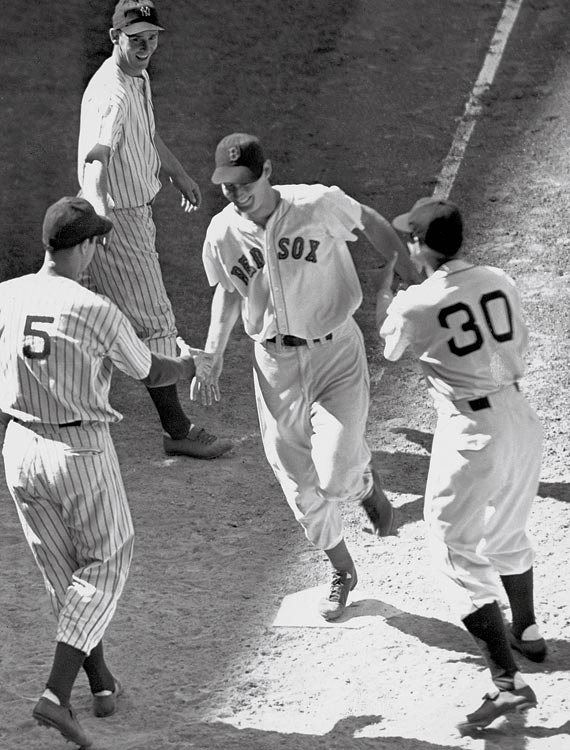
Subscribe to our website, Baseball History Comes Alive with over 1400 fully categorized baseball essays and photo galleries, now surpassing the one million hits mark with 1,100,000 hits and over 950 subscribers: https://wp.me/P7a04E-2he

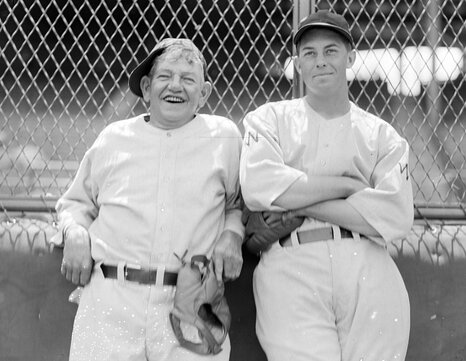
I keep a baseball encyclopedia by my easy chair and search for interesting things like, who paid a big price in their career due to WII? I found Cecil Travis in that search, not to mention the huge impact of the war on the career numbers of Feller, Williams, etc.
A great piece. Thank you for posting.
Take a look at low batter career strikeout totals some time. It’s a fun analysis.
An article on the 10 years of Washington Senators glory, from 1924 thru 1933 would be good one too.
What a great find is your site!
I want to let you know I wrote a book entitled BRIGHT LIGHTS BLACK STARS, a nonfiction story about Negro League players and former pro players who came to Canada to play in Canada’s Oldest baseball league, the IBL that boasts the world’s oldest continuously played ball park. I’m doing a SABR Zoom meeting October 10 for the Northern New England chapter that you will enjoy. Would also love it if you would be interested to either do a review of the book on your site or mention it somehow to your site and contacts. My email is paulallen342@aol.com and my phone is 613 404-8838.
Hi Paul- Thanks for checking in and thanks for the kind words about the site. Hope you’ll be a regular visitor. I’d be happy to read your book and write a review if you want to send me a copy. I’ll contact you via email shortly. Here’s a link to a recent reveiw : https://wp.me/p7a04E-beV and check out the category, “Book Reviews” to see all my reviews.
Gary
Gary: I mentioned Travis several months ago when you discussed WW2 effects on returning players. The effect on Travis was clearly career-ending. Fred Holbrook